|
|
 |
|
Posted by Aeomaster32 Aircraft identification by Ken Pickford |
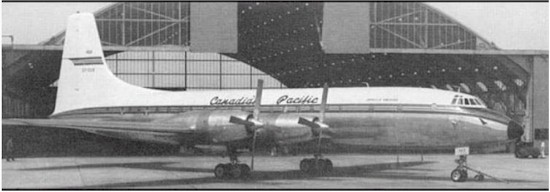 |
| Bristol Britannia at Vancouver - hangar in background (still standing today on the south side of the airport) was built for the Britannia (it was big enough for two) and was always known as "the Britannia Hangar" long after the type was retired. |
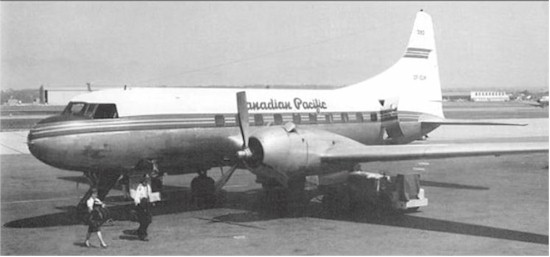 |
| Convair 240 at the now closed Edmonton Municipal Airport (YXD). |
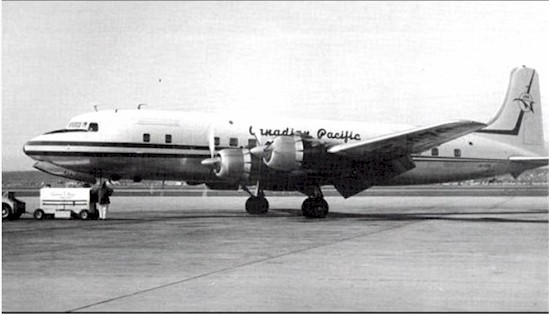 |
| Douglas DC-6B at what looks like Vancouver. That livery was introduced with the first DC-8s in 1961 and replaced the livery seen on the Britannia and Convair 240 above. That "goose" livery (for the Canada goose on the tail) lasted until the orange CP Air branding was introduced in late 1968. |
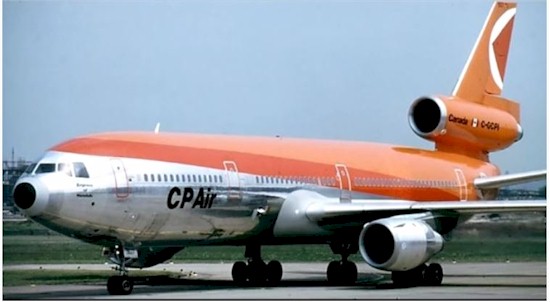 |
| McDonnell Douglas DC-10-30 (not sure where). |
|
They are members of one of Canada’s most exclusive aviation fraternities and there will never be a new member. They are the crews of the Pacific Western Airlines Lockheed Hercules air freighters. Click Here to read the full story as published in the Edmonton Journal. Below we have this photo of the former PWA Hercules air crew loadmasters |
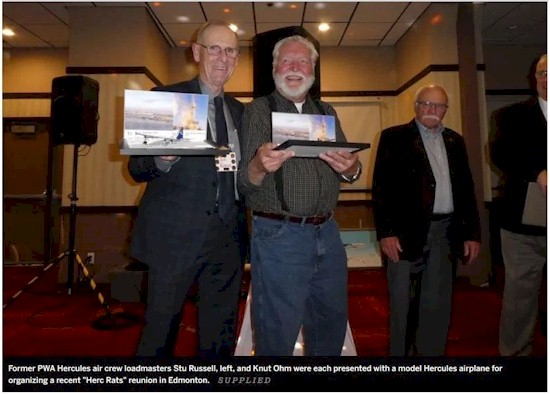 |
| Stu Russell, left, and Knut Ohm who were presented with a model Hercules airplane for organizing a recent "Herc Rats" reunion in Edmonton |
| Here is a PWA Hercules freighter co-pilot Don Copping, sitting, and crew member Don Wine get a warm welcome when they landed in Kathmandu, Nepal, in 1971 with relief supplies following a natural disaster. |
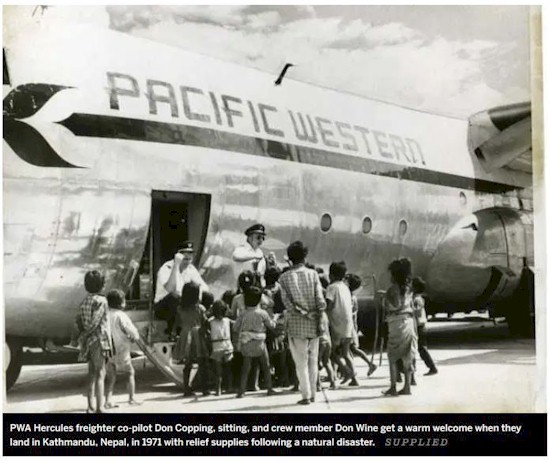 |
|
Our Featured Video comes comes from the JustPlanes YouTube channel. They rode along to capture a flight deck view of an Royal Air Maroc B-747-400 landing in Casablanca. |
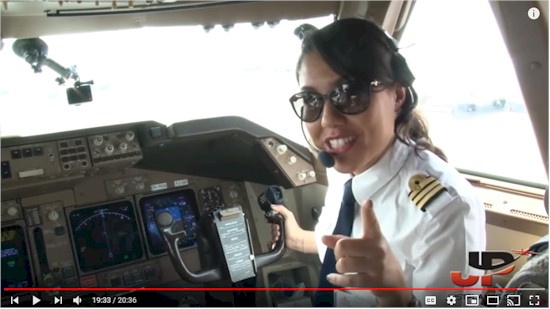 |
Yvonne Peel, retired Air Canada flight attendant, has put together a collection of her memories and experiences during her 31 years adventure with the airline. Her story began in NetLetter #1381, continued in NetLetter #1382, #1390, #1428 and #1429. Now here we have another episode.
More Viscount flying in the north.
Often we would be flying through a terrible snow storm with visibility down to almost nil and I would sometimes stand leaning on the back of the pilots' crew seats looking for any lights that we could glean through the windscreen. The wipers would struggle to clear the ice and snow from the window and so visibility was very much restricted.
I was supposed to sit on my crew seat, but this was next to the left front emergency exit door just behind the Captain's seat. In between him and I was a large unit containing I remember not what, but what I do remember is that the noise inside the cockpit was so loud that he (the pilot) had to slap the side of this unit to let us know it was safe to get up! It felt very claustrophobic as you could see nothing, so hence the reason I mostly just stood behind them. Not all pilots accepted this, of course, but most of them were fine about it.
Once, the runway lights were out of action. The storm was so severe that ground staff had to radio us in, and wave lanterns alongside the runway to show us where to land! It was so exciting, and I certainly never felt in any danger. Our pilots had been trained to work in horrendous conditions, and they were magnificent.
It was not unusual to be forced to rest in a terminal (and I use the term loosely as it was more like a shack) until there was a break in the weather and we could take off again.

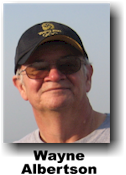
 We have welcomed 28 new subscribers so far in 2020.
We have welcomed 28 new subscribers so far in 2020.
